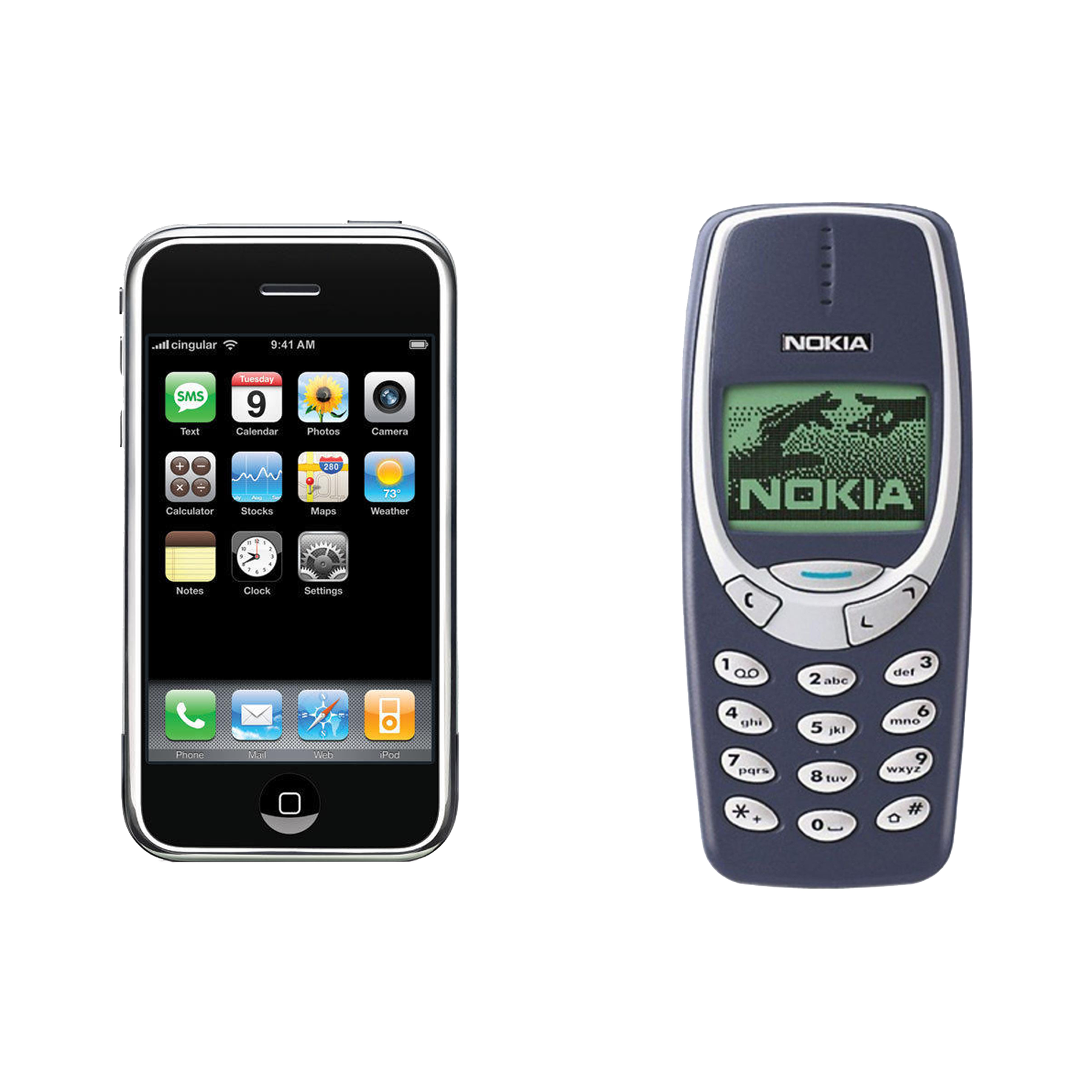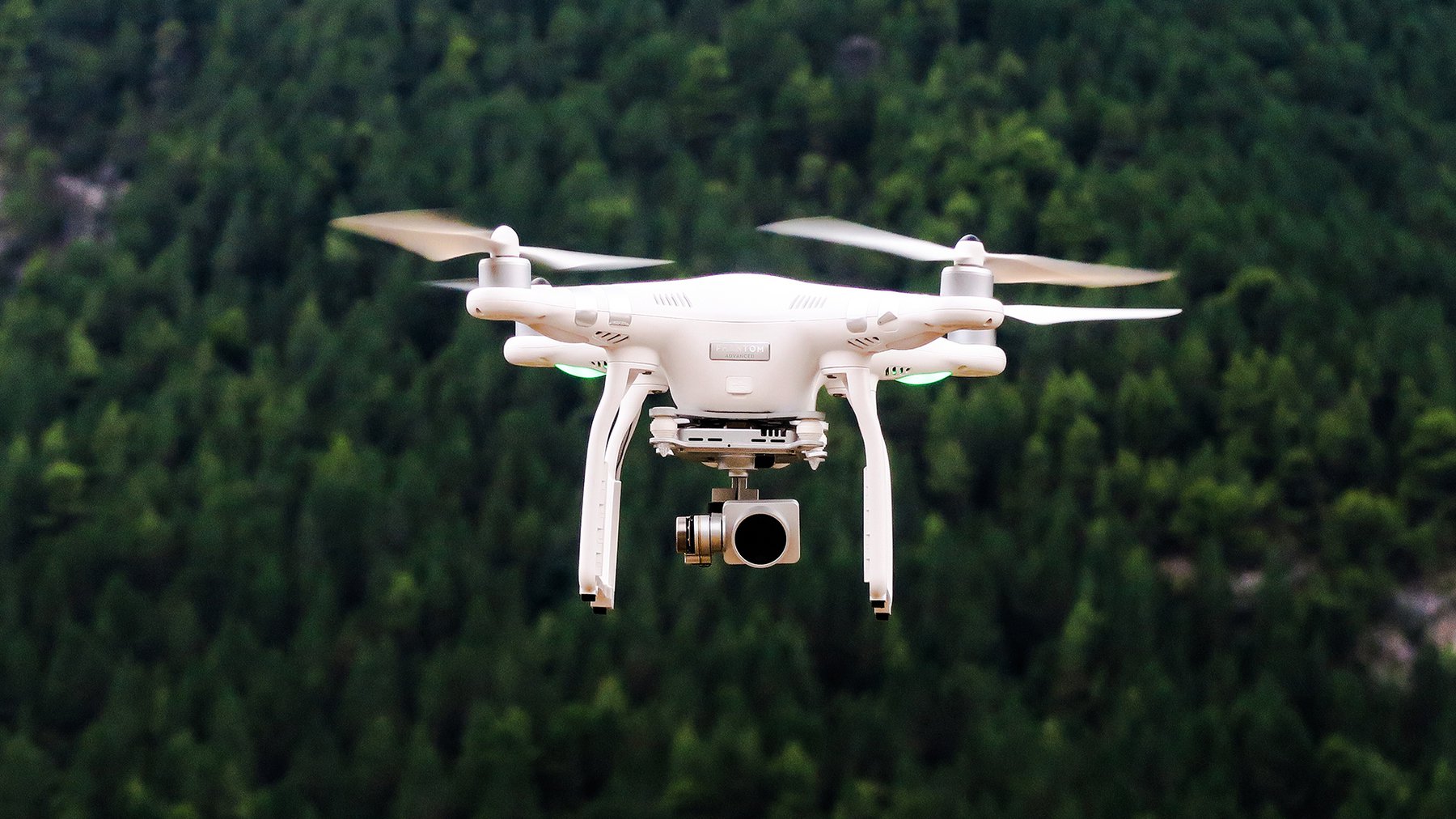
Technology
Disruptive Innovation – A Modernist's Take on Evolution
December 02, 2020


Disruption in our past
Our high-tech era has taught industries to expect constant disruptive innovation. When companies fall behind expectations, consumers are quick to be judge, jury and executioner.Consumers: fickle, relentless and unforgiving
Nokia failed despite its pole position in the mobile market. The company, unfortunately, did not welcome the winds of change, and succumbed to the rise of the smartphone. There was a period of mourning, but also a learning point for the rest of the world.Disruption may appear to be anathema to productivity, but the inverse is true relative to innovation; the act of identifying the problems of consumers, creating a new market and then displacing current structures, products and services actually raise overall productivity levels.
Disruptive innovation has been altering the way we live since the 1500s — the Spice Trade was disrupted by Frederick “Ice King” Tudor’s Insulated Ice Warehouses. The Fridge disrupted this ice-cutting industry, and today, the domestic fridge is ubiquitous. But the telephone timeline might be more relevant to us: from Graham Bell/Elisha Grey’s invention to the cordless phone in 1965, Motorola’s wireless phone in 1973, Blackberry’s email capability stir in 1999, Nokia’s 3310 during the jubilee year and at last, the iPhone in 2007.
But disruption is more than a breakthrough innovation. It has a specific purpose, transforming a product that is inaccessible to one that is affordable for the rest of the world.
Experts claim “areas ripe for disruption today are no different to the areas that were ripe for disruption then”. This puts disruption into the hands of creative individuals that can recognise the window of opportunity for improvement, and exploit it before others.
Applying this principle, we may ponder if the AEC (Architecture, Engineering and Construction) industry is ripe for disruption.

Disrupting the AEC industry
As with every theory, there are contextual issues with Disruptive Innovation. Journalists have claimed the term to be a massively overplayed idea, and an easily dependable ideological trope for the start-up world.But disruption is more than just golden ticket for innovators to dream. According to Clay Christensen, a Harvard School Professor renowned for his role as business consultant to Steve Jobs and Andrew Grove, disruption, as a business model, is more necessity than chance.
So what does Disruption have in store for our industry?
Architect Steven Burns aptly states, “… I think companies need to look at the tools on the horizon. It’s not just adopting technologies, it’s figuring out what to do with them.”
The registered Architect is also Chief Creative Officer at BQE Software, and a speaker for upcoming AEC Next Conference and Expo.
This puts things to perspective. For the industry, it is more of an evolution than a revolution – making better tools and improving efficiency. Yet to be frank, when something truly disruptive comes up, the built environment community is not adequately prepared to demonstrate its value to the client. This is our occupational hazard, and why it is imperative to be self-disruptors.
The CEO and Founder of Building System Planning Brett Young mentions during the Thornton Tomasetti annual report
“Innovations in existence allows us to track every element that is made while building a project. That big data allows us to ensure a building goes together succinctly. But when we add automation, it can tell us who has made a big improvement, or a redundant one. That will definitely change the way we work. It offers you the agility to disrupt, helping you shatter your own limitations and define your own innovation. ”
This puts things to perspective. For the industry, it is more of an evolution than a revolution – making better tools and improving efficiency. Yet to be frank, when something truly disruptive comes up, the built environment community is not adequately prepared to demonstrate its value to the client. This is our occupational hazard, and why it is imperative to be self-disruptors.
The CEO and Founder of Building System Planning Brett Young mentions during the Thornton Tomasetti annual report
“Innovations in existence allows us to track every element that is made while building a project. That big data allows us to ensure a building goes together succinctly. But when we add automation, it can tell us who has made a big improvement, or a redundant one. That will definitely change the way we work. It offers you the agility to disrupt, helping you shatter your own limitations and define your own innovation. ”
Technology is coming to the AEC industry by storm: site, bridge, and façade surveys are being conducted by drones. 3D scanning is developing point clouds that create accurate building models. Autonomous construction vehicles are being produced in greater numbers – dump trucks, front-loaders, etc. Wearable technology is entering the job site via smart watches and hardhats with computer screens built into their visors. Augmented reality and virtual reality are providing more precise information than ever before.
Piqued your interest?
This article first appeared in the FY18/19 issue of 360 Circle. You can download and read the full version here.